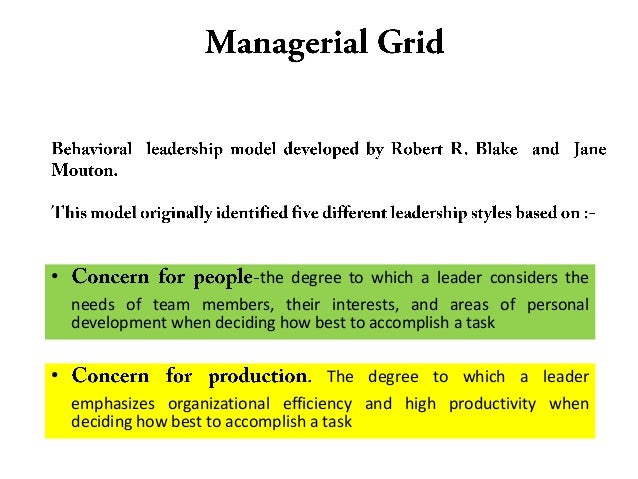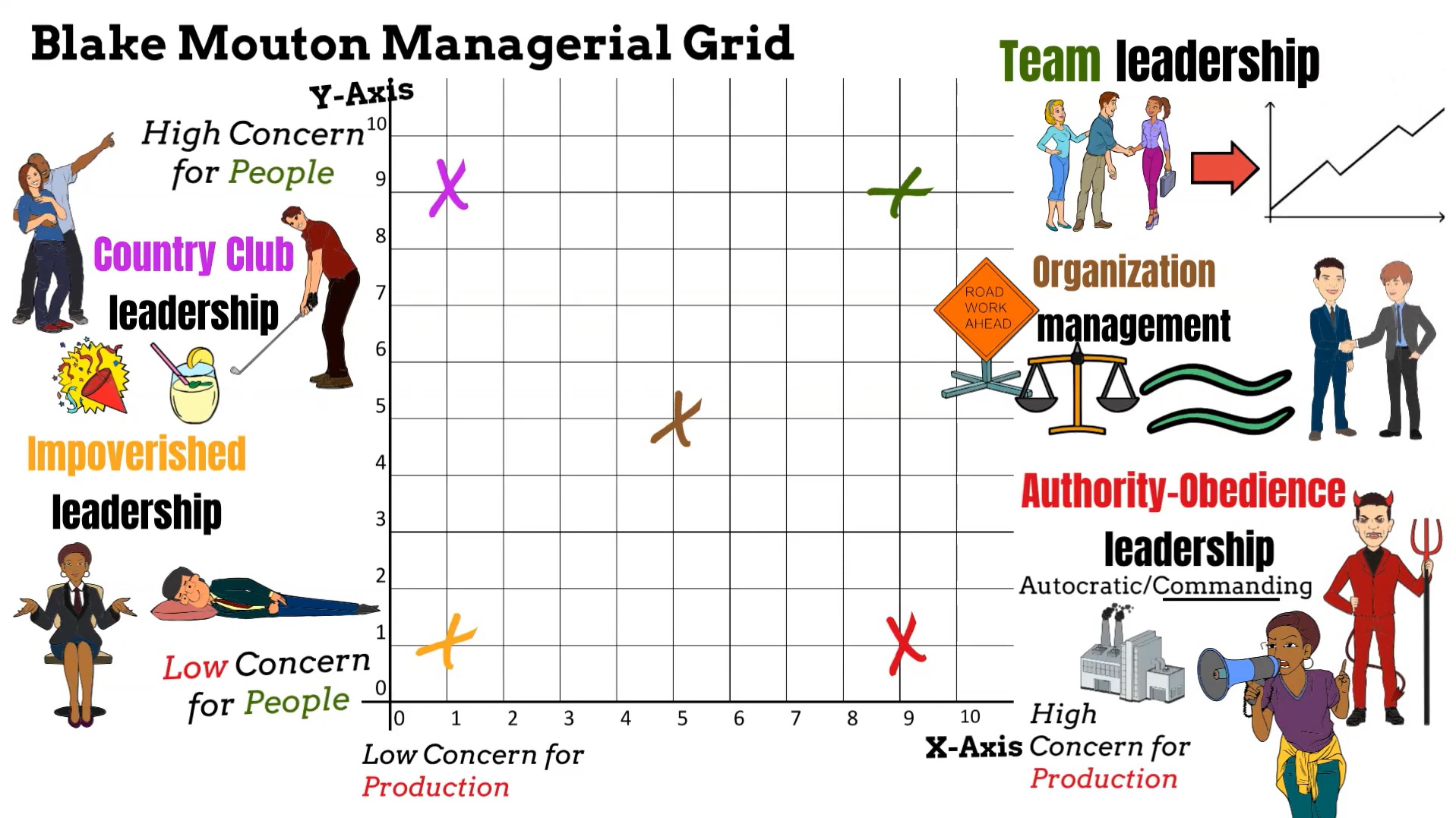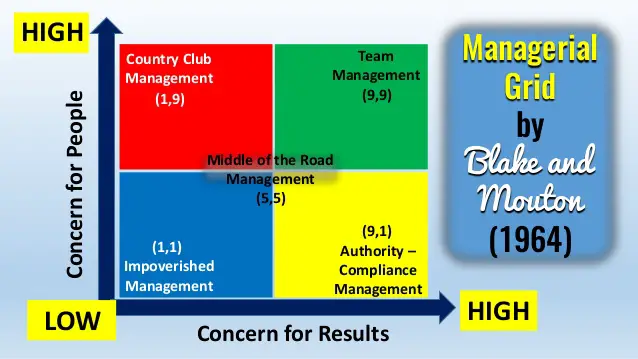
This creates an environment built on trust and respect, which yields high satisfaction, motivation, and above-average results. When people are fully committed to and have a stake in the organization’s success, their needs and the company’s production needs exist in tandem. They accomplish this by ensuring that their team understands the organization’s purpose and by including them in determining production needs. Team managers prioritize both the organization’s production needs and their people’s needs. Most importantly, they’re dead set on achieving their goals. Team managers make their team feel respected and empowered. However, at the same time, they inspire and look after their team. Team or “sound” managers commit to their organization’s goals and mission, motivate their team, and work hard to get people to deliver their best possible work. This approach reflects a leader who is passionate about their work and who always has the best interests of their team in mind. Team Management (high people & high results)Īccording to the Blake Mouton Managerial Grid, Team management is the most effective style of leadership. However, productivity often suffers due to a lack of direction and control. This style of management typically produces a very relaxed and fun environment. They assume that as long as their team is happy and secure, they will work hard. The Country Club or “accommodating” manager is focused on the needs and feelings of their team.

Country Club Management (high people & low results) The typical result is that the team delivers only mediocre results at best. Due to continual compromise, this type of manager fails to inspire high performance and struggles to fully meet the needs of the people. While tempting, this approach isn’t always as effective as it may sound. These managers attempt to maintain a balance of results and people objectives. This quadrant of the Blake Mouton Managerial Grid is home to the “status quo” manager. Middle-of-the-Road Management (medium results & medium people)

On the contrary, a manager who believes people are self-motivated and happy to work is said to follow Theory Y. Theory X assumes that employees are naturally unmotivated and dislike working. This style of leadership often follows the Theory X approach to motivation. Furthermore, this style of leadership often struggles to retain high performers.

This approach can drive off-the-chart product results at first, but low morale and motivation ultimately impact performance. They also typically view punishment as an effective means of motivating their team. Managers in this quadrant of the Blake Mouton Managerial Grid are autocratic, have strict work rules, policies, and procedures. The team’s needs always take a backseat to productivity. Many refer to managers in this quadrant as being “authoritarian.” Mangers in this category believe that their team members are nothing more than a means to an end. Produce-or-Perish Management (high results & low people) The results are typically rich with disorganization, dissatisfaction, and disharmony. They also exhibit little interest in creating a satisfying or motivating team environment. These leaders show little regard for creating effective systems. Impoverished, or “indifferent” managers are mostly ineffective. Impoverished Management (low results & low people) Let’s dive into the grid and take a look at each of the quadrants in greater detail. The 5 Types of Leadership According to the Blake and Mouton Grid Concern for Results: the degree to which a leader emphasizes concrete objectives, organizational efficiency, and high productivity when deciding how best to accomplish a task.īlake and Mouton define five leadership styles based on these two elements, and the diagram below highlights each of the five styles.



 0 kommentar(er)
0 kommentar(er)
